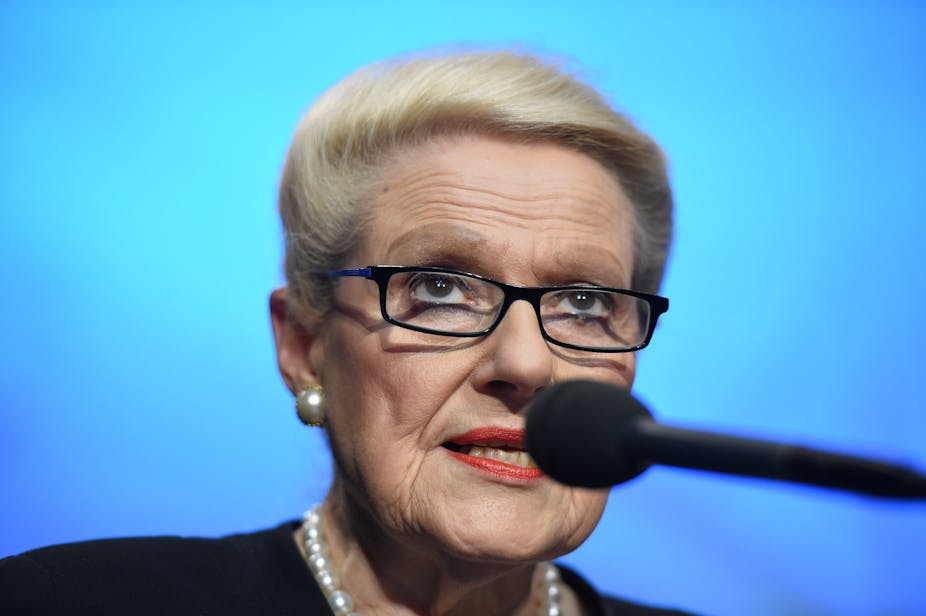Speaker Bronwyn Bishop and Senate President Stephen Parry have reversed their decision to segregate veiled women watching parliamentary proceedings – but the women will have to show their faces on entering the building.
The backdown followed an outcry over the ruling – which would have put these women behind glass rather than in the chambers’ open galleries – and the intervention of Prime Minister Tony Abbott, who said it should be reversed. The glassed-in areas are usually reserved for school parties.
Bishop and Parry met on Sunday to discuss their next step. Abbott could not formally order them to change their ruling but he had left them with no practical option.
A statement from the Department of Parliamentary Services this morning said all visitors to Parliament House would be required to temporarily remove any facial coverings.
“This will enable DPS security staff to identify any person who may have been banned from entering Parliament House or who may be known, or discovered, to be a security risk.”
After that, visitors would be “free to move about the public spaces of the building, including all chamber galleries, with facial coverings in place”. This morning Parry and parliamentary officials will give evidence to a Senate estimates committee on the background to the original decision, which came on the last day of the last sitting.
UPDATE:
Parry told the Senate estimates committee he and Bishop had decided on the segregation after advice that “a group of people, some being male, were going to disrupt question time in the House of Representatives. The advice further indicated that this group would be wearing garments that would prevent recognition of facial features and possibly their gender”.
No protest happened. Later evidence to the committee indicated the original suggestion about people in facial coverings potentially entering Parliament House went from a Nine Network crew that was in front of the building on the day to the Australian Federal Police who passed it onto parliamentary security officials. But it was thought no action was needed. That changed when the information reached the presiding officers.
Parry would not go into the way in which he and Bishop came to their segregation decision but confirmed that neither the AFP nor ASIO advised it. Parry said he had not been contacted by the Prime Minister’s Office to reverse the decision. When Bishop was asked in the House: “Did the Prime Minister ask you to withdraw the ruling?” she replied, “In a word, no”. Abbott told the media at the time he had asked the Speaker to rethink the decision.

